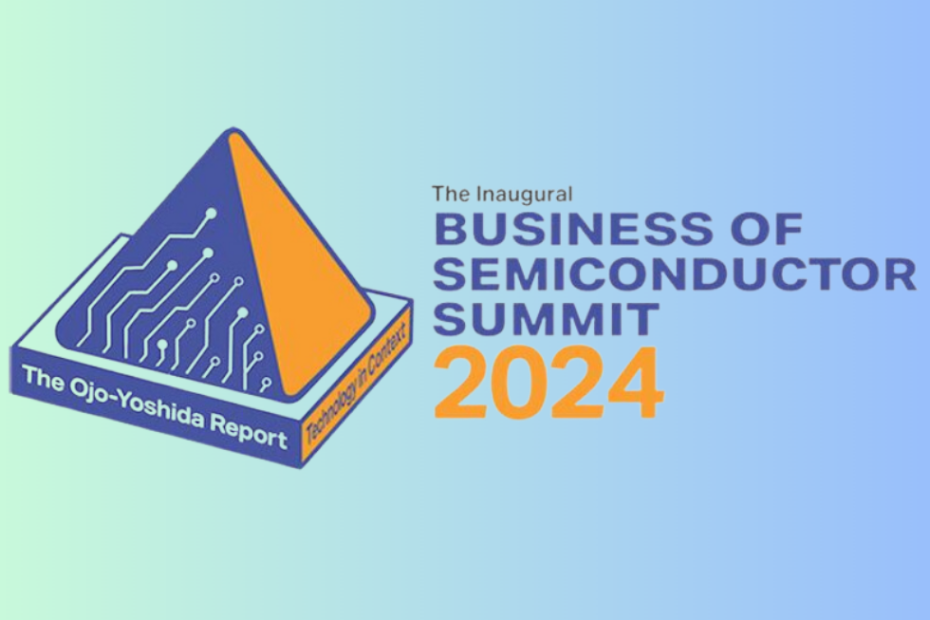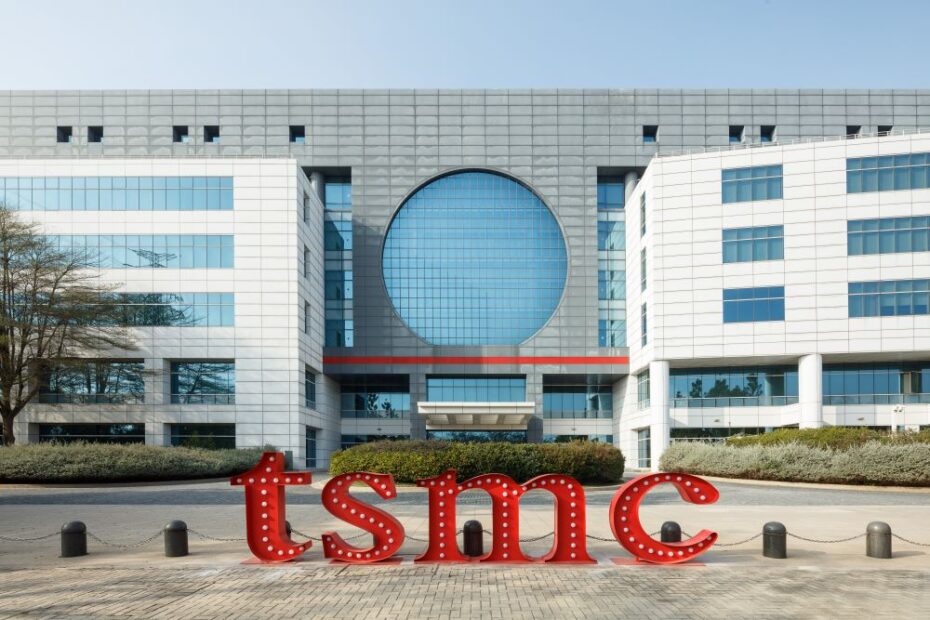Intel Chasing China with Chiplets
What’s at stake:
Intel is way late to the global automotive market. But Intel Auto’s leader is seeking a foothold by worming into China – the world’s fastest growing auto market. Intel’s edge is its ability to design and manufacture chiplets. Is this Intel’s chance to finally crack a non-PC market, or is it just another “best-laid plan”?
When Jack Weast, Intel Fellow, was newly appointed to lead Intel’s relaunched Automotive unit and moved to China this year, I wasn’t the only one surprised.
So were Intel’s competitors and Chinese OEMs.
At first blush, this is a Hail Mary, Intel trying at the last minute to score a sliver of the growing global automotive market. In particular, Intel Auto is targeting Chinese EV makers who have been advancing their technologies at a break-neck speed, These developments in China, Intel firmly believes, will inevitably influence the auto industry everywhere.
Uncharacteristically, Intel is proceeding with a sense of urgency and an almost startup-like mentality.
Of course, there are pundits with misgivings. They wonder if the Santa Clara, Calif.-based giant jumped the gun, with little regard to the worsening tensions between the United States and China.
Read More »Intel Chasing China with Chiplets









